High Seas Protection Focus of UN Oceans Meeting, New Ruling Threatens Critically Endangered Vaquita, and more
March 15, 2022 – We gather news: You stay informed

1. UN Ocean Treaty Is ‘Once in a Lifetime’ Chance to Protect the High Seas
Negotiators met at UN headquarters in New York last week, after nearly two years of delays due to the pandemic and without NGOs present due to COVID-19 restrictions, to hammer out a new oceans treaty. The draft treaty addresses four key areas: marine genetic resources; area-based management tools, including marine protected areas; environmental impact assessments and capacity building; and the transfer of marine technology. The UN general assembly voted in 2017 to convene a multi-year process to develop a treaty on “the conservation and sustainable use of marine biological diversity of areas beyond national jurisdiction.” 64% of the sea, also known as the high seas, lies outside the exclusive economic zones that cover approximately 200 nautical miles from the shorelines of individual states and hosts a wide array of ecosystems and species at risk because of shipping vessels, seabed mining, and “bioprospecting” of marine species.
Thank you for your generous gift that will help us continue the production of this weekly, free publication
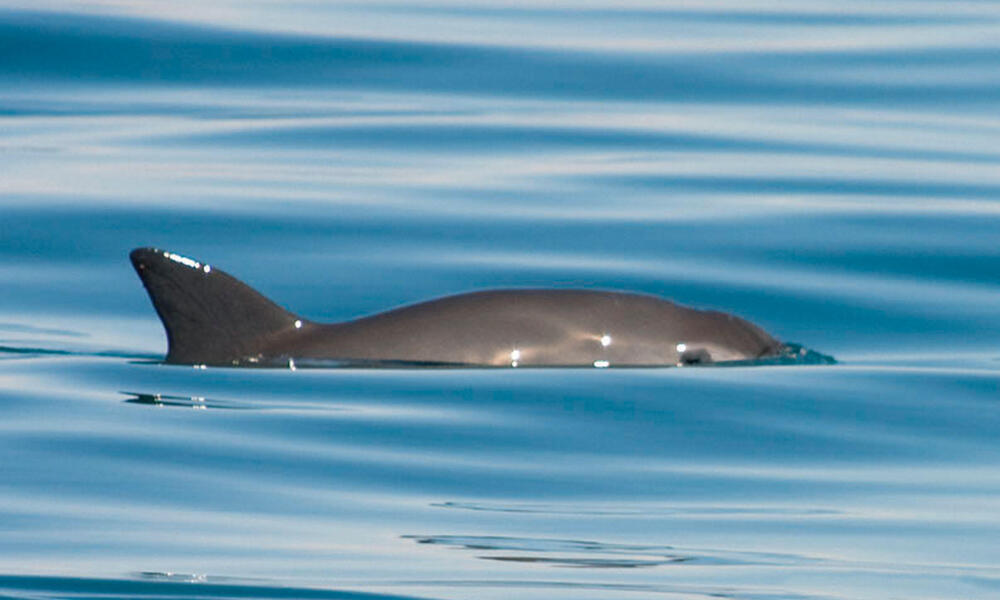
2. CITES Approves Totoaba Fish Trade, Potentially Signing Death Warrant for Vaquita Porpoise
For the first time in almost 50 years, the 74th meeting of the Standing Committee of the Convention on International Trade in Endangered Species (CITES) decided by a 9-5 majority this week to permit Earth Ocean Farms (EOF), a Mexican aquaculture facility, to trade captive-bred totoaba fish. This decision may seal the fate of the critically endangered vaquita porpoise, which becomes entangled in fishing nets used to catch totoaba for the totoaba bladder trade. There may only be eight vaquita remaining on the planet. Despite efforts at the CITES meeting led by the US and Israel to reject the EOF application, the majority of committee members supported opening international totoaba trade. Committee members rejected multiple conservation and procedural arguments against the application, including concerns that a legal trade in captive-bred totoaba will provide cover for an illegal wild-sourced totoaba trade that harms vaquita.
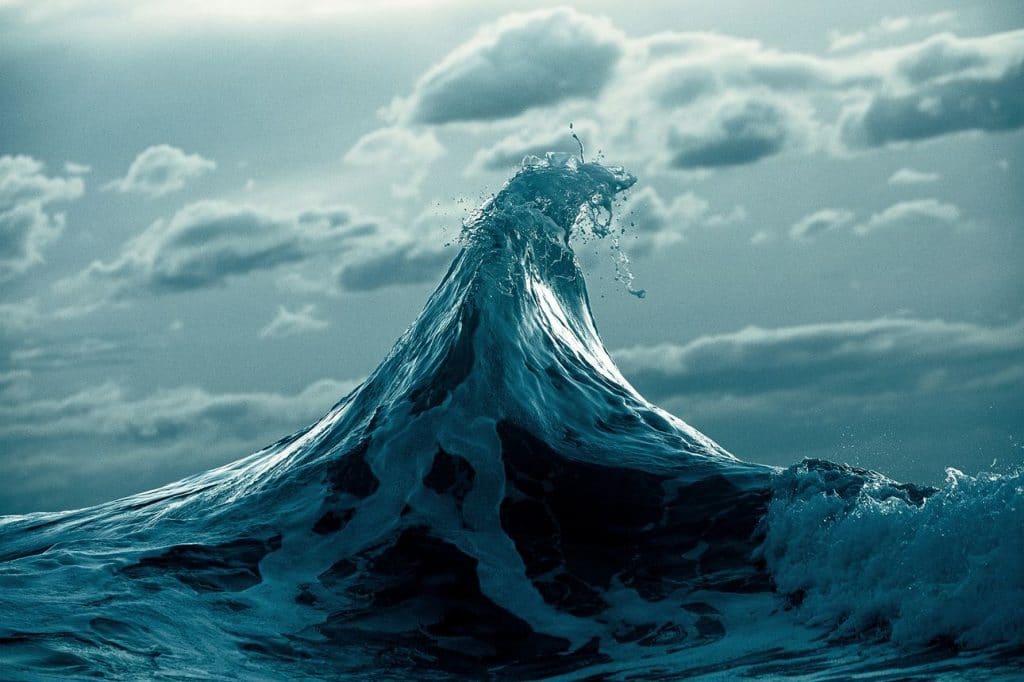
3. New Methods Being Researched to Harness Oceans to Fight Climate Change
Researchers are looking at new methods that could be used to help the ocean soak up additional carbon to reduce greenhouse gasses – and analyzing their associated benefits and risks. Ideas for ocean-aided carbon removal include dumping tons of iron filings into the ocean as a nutrient to promote plankton growth, which is something that has been done more than a dozen times on a small scale. Other proposals involve building huge offshore kelp farms and restoring coastal ecosystems. Meanwhile, some green entrepreneurs are testing their own ideas for employing the ocean to remove carbon. One is boosting alkalinity to cause a series of chemical reactions that convert dissolved CO2 in the seawater into stable bicarbonate and carbonate molecules, which would cause the ocean to absorb more CO2 from the air.
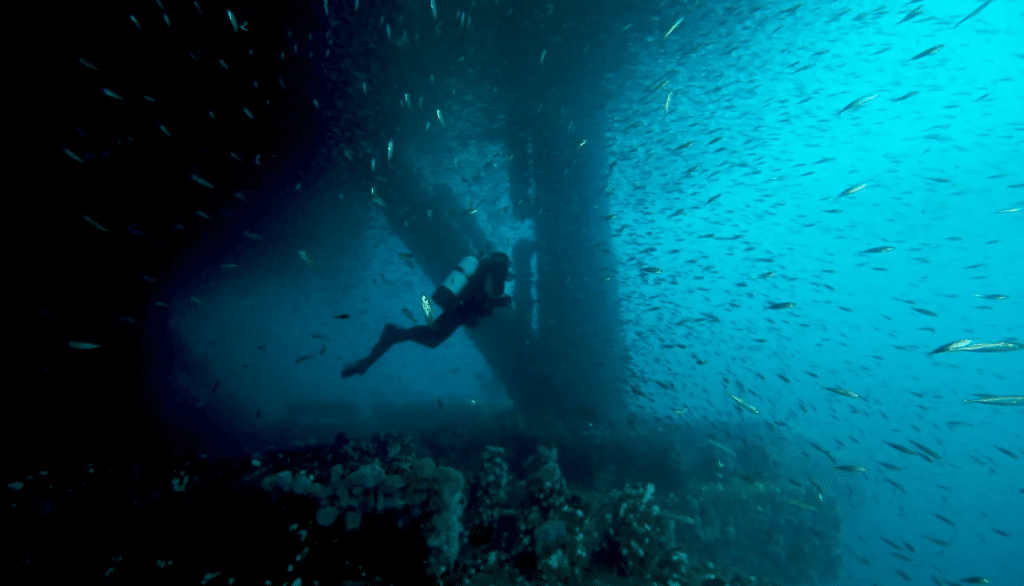
4. California’s Offshore Oil Platforms Could be Transformed into Reefs
California has 27 offshore oil platforms that are expected to be fully closed by 2055 – leaving an open question about what to do with the massive structures. Numerous obstacles stand in the way of taking them apart and hauling them to shore, and the total cost could exceed $2 billion. Additionally, complete removal would eliminate the marine habitat that has developed around the bases. A 2010 law signed by Gov. Arnold Schwarzenegger, AB 2503, provided a legislative path for turning platforms into full-time reefs and also requires 65%-85% of savings to be paid to the states. As a result, there is a growing push to tip the wells over once they are plugged to preserve and expand the artificial reef ecosystem. Transforming the structures into reefs could cut the cost in half, saving the owners money and increasing biodiversity in offshore ecosystems.
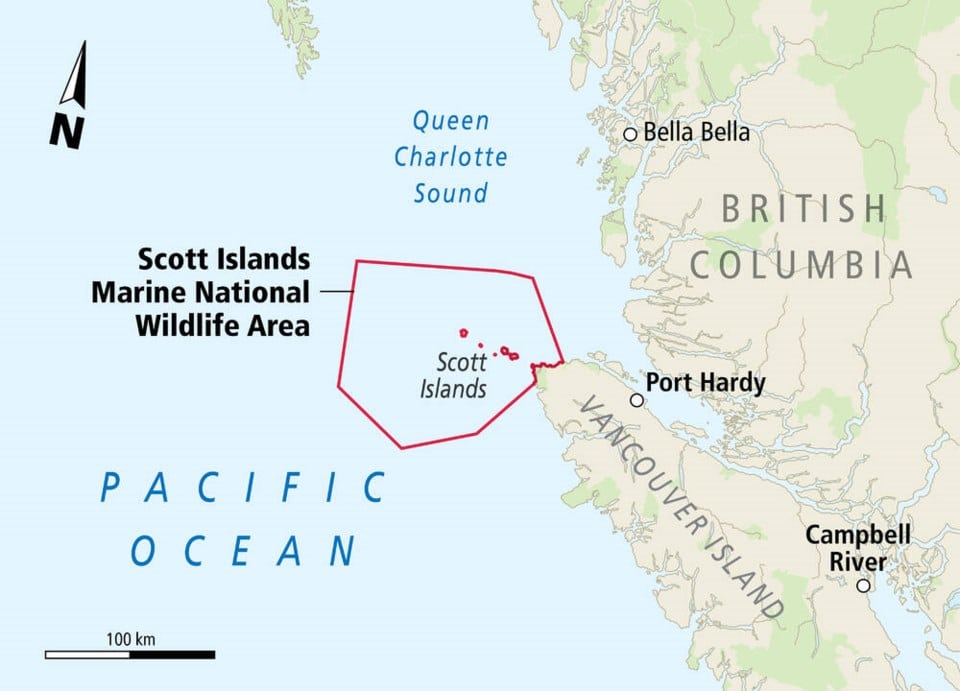
5. Environmental Group Calls for Tighter Rules Around Canadian Ship Dumping
World Wildlife Fund Canada is calling on the government to tighten Canada’s rules, raising minimum standards around vessels dumping sewage and other waste in protected marine areas. All types of ships operating in Canadian waters generate — and potentially dump — 147 billion liters of operational waste each year. Nearly 10% of what flows overboard goes into marine protected areas and other protected waters. One of the most at-risk areas in Canadian waters is the Scott Islands, the first marine National Wildlife Area established by the Canadian government in 2018 – a key ecological breeding and nesting habitat for 40% of the region’s seabirds, including 90% of Canada’s tufted puffins and 95% of Pacific Canada’s common murres. The area is also teeming with whales and sea lions — and along the major cruise-ship route to Alaska – causing an increased focus on the need to balance the demands of tourism with environmental protection.
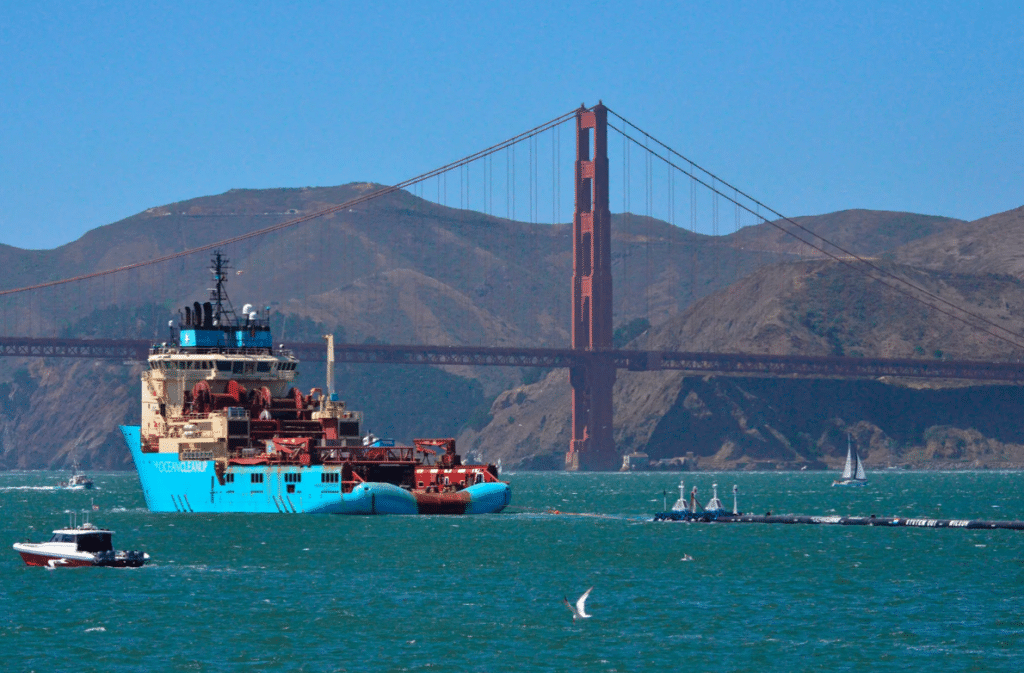
6. California Officials Approve Plan to Reduce Microplastics Polluting the Ocean
The California Ocean Protection Council approved the Statewide Microplastics Strategy – “the first comprehensive microplastics strategy in the nation” – that identifies early actions and research priorities that will reduce pollution. The Council says tire and road wear, synthetic textiles, and single-use plastic foodware are among the top sources. The recently released 37-page strategy provides a multi-year roadmap for California to take a national and global leadership role in reducing microplastics pollution by utilizing a two-track approach. The first track lists 22 immediate actions and multi-benefit solutions including pathway reduction interventions within specific routes, like stormwater runoff and wastewater treatment. To prevent the pollution at its source, the plan focuses on either eliminating specific products and materials through financial incentives, or encouraging product innovation and alternatives. Other options include alternate sourcing and design, improving waste reduction, and instituting product and material prohibitions.
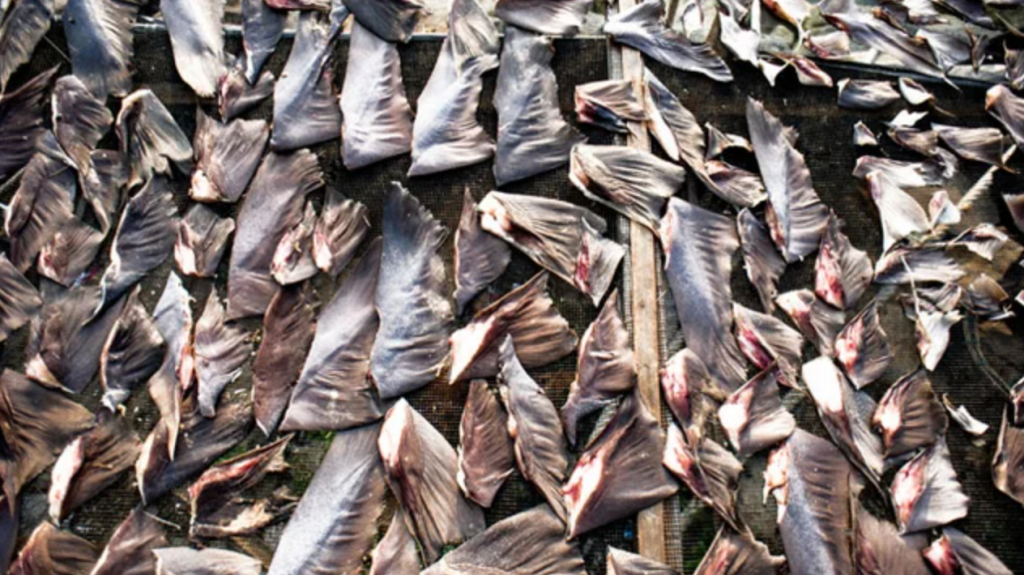
7. DNA Tests Reveal Endangered Shark Species Found in Pet Food
Curious about the vague ingredient lists on some pet food packages — which trumpet contents like “fish,” “ocean fish,” and “white bait” — researchers at Yale-NUS College in Singapore wanted to investigate what people are really feeding their beloved pets. The scientists used DNA barcoding to determine whether there was shark DNA in 45 pet food products from 16 different brands in Singapore. Of the 144 samples taken, the researchers found that 31% contained shark DNA — and the most commonly identified species were blue shark, silky shark, and the whitetip reef shark. Both the whitetip reef shark and the silky shark are listed as “vulnerable” in the International Union for Conservation of Nature (IUCN) Red List. Given their findings, the scientists urged policymakers to implement global standards for pet food labels to curb the overexploitation of endangered shark species.
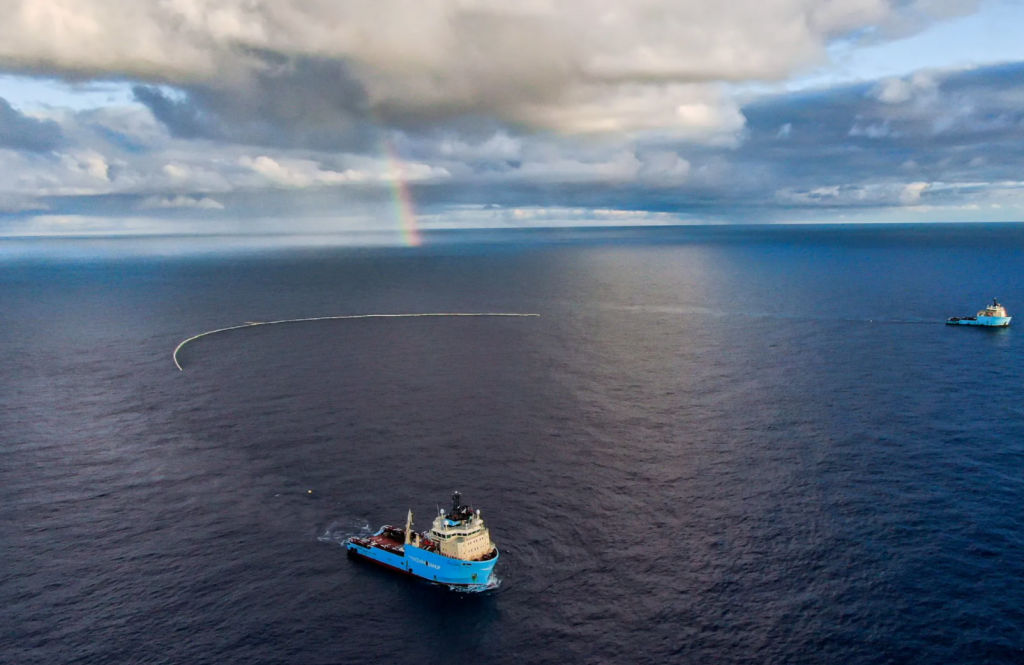
8. Are Ocean Cleanups a Bad Idea? Some Marine Biologists Think So
Some scientists think cleaning up the open ocean is a futile, and perhaps even harmful, endeavor. Several marine biologists say that existing methods are inefficient and often produce pollution. The approach can also harm or kill sea creatures – the very animals these efforts are trying to protect that often live just below the ocean’s surface. “It’s like mopping up the spill when the spigot is still on,” Katie Matthews of Oceana says. It’s also hard to collect free-floating plastics without ensnaring fish, turtles, and other animals. Although there are some effective coordinated coastal efforts, other ocean cleanups do little to address the core of the issue: our dependence on plastic and the steady stream of waste it produces. Ultimately, solving the problem of plastic waste requires that companies and individuals produce and use less plastic.
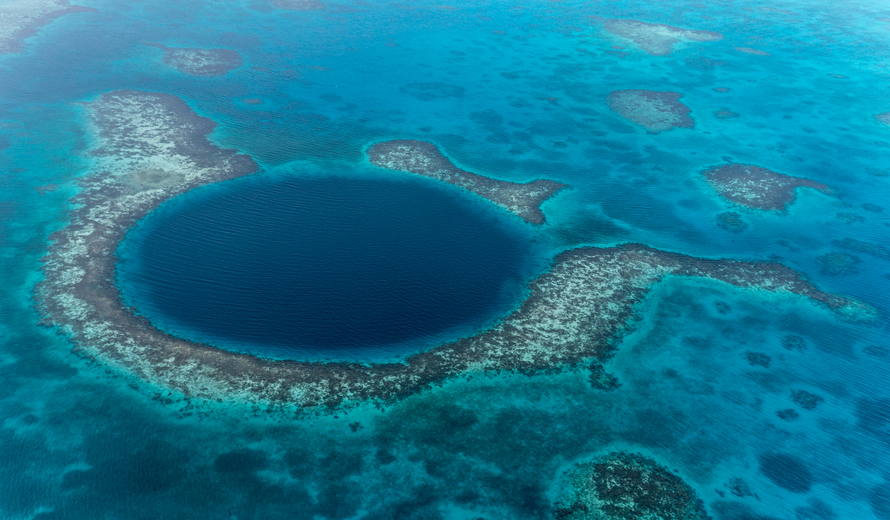
9. Belize’s Debt-for-Nature Swap Showcases New Conservation Funding Strategy
Three countries—Belize, Colombia, and Ghana—recently made headlines with innovative solutions to strengthen public finances, improve accountability and transparency in the public sector, and generate cash for conservation. In the case of Belize, a debt-for-nature swap with the Nature Conservancy cut the country’s stock of external debt by 10% of GDP and is generating cash for conservation to protect the longest coral reef (170 miles) in the Western Hemisphere. The deal is unique in that the bond market itself provided the “grant” in the form of a discount price, and the deal involved debt owed to private creditors – a different class of private investors. This innovative structure showed the potential for deals with countries that are experiencing similar economic difficulties and have expensive debt on their books to fund conservation programs.
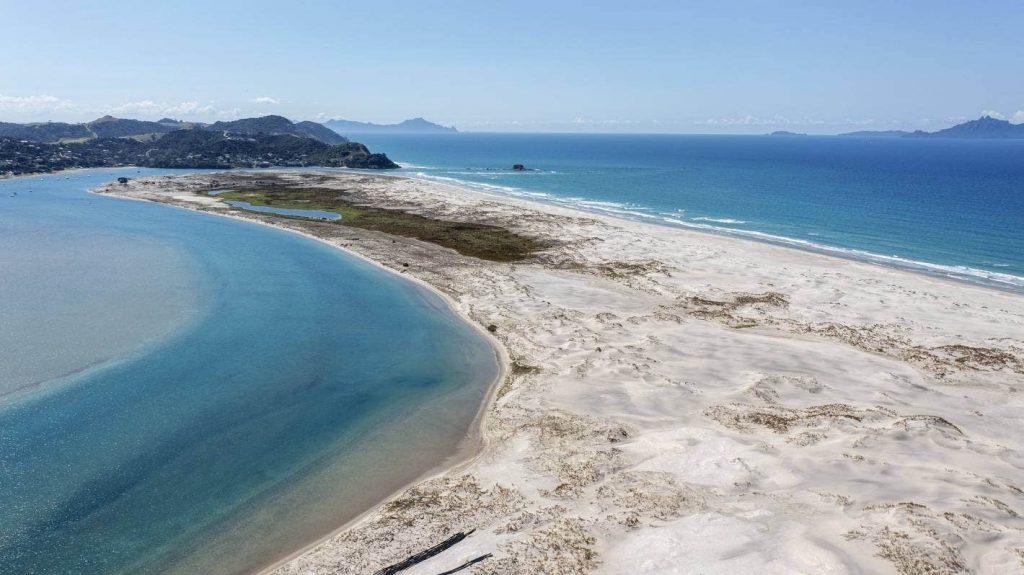
10. Local New Zealand Community Takes Stand on Sand Mining
After water, sand is the world’s most consumed raw material – tripling in the last two decades. McCallum Bros Limited, an Auckland, New Zealand-based company, applied for resource consent to continue sand mining from the seabed using a suction dredge over a 10.8 kilometer stretch of the North Auckland coast. The permission would stretch over 35 years. Commercial sand extraction has been happening in the Mangawhai-Pakiri embayment for approximately 70 years and already around 5.5 cubic meters of sand have been taken. Having seen the effects, the local community is fighting the application due to a range of concerns including coastal erosion, degradation of the seabed, damage to recreational values especially world-class surf breaks, and the risk to critically endangered species. As climate change drives sea level rise, storm severity, and frequency, locals are also worried about the future of their homes.
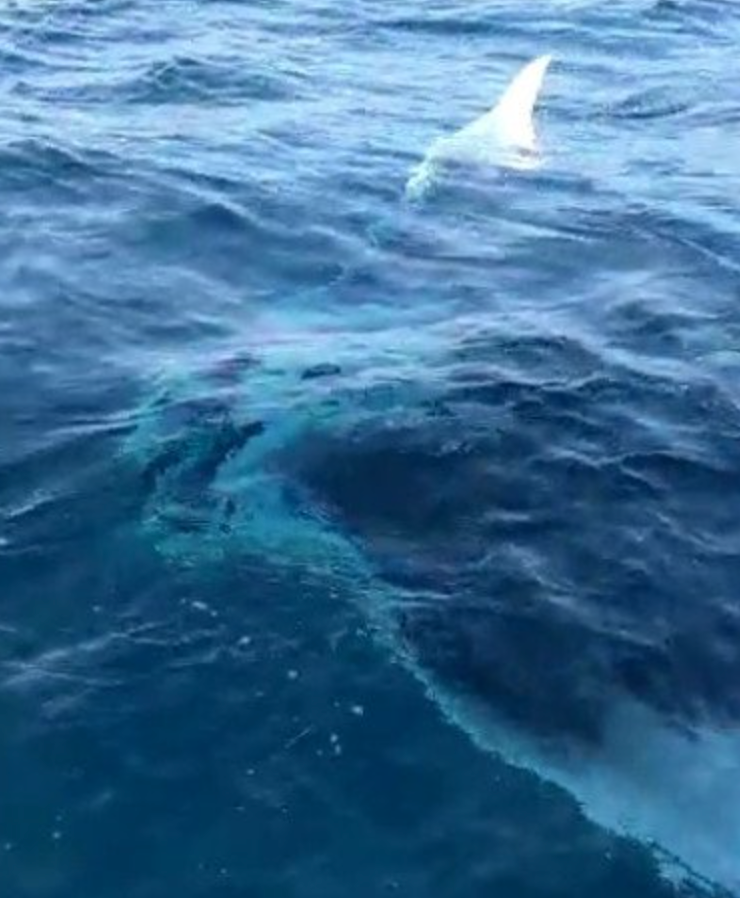
11. Giant Mantas Spotted Off Karachi Coast After 6 Years
Two giant manta rays, relatives of the shark and stingray, were filmed swimming along a vessel in the southwest of Karachi in the Arabian Sea. This species, recently declared “endangered” and added to the IUCN red list, was once known to commonly occur in Pakistan, but is now becoming extremely rare. Giant mantas are harmless animals that are relatives of sharks and feed on small shrimps that are abundant in the waters off Pakistan. These gentle giants are frequently caught by gillnetters and also face serious threat of extinction because they reach sexual maturity relatively late in life, giving birth to a single offspring every few years. They do not look after or defend their young, thus making the offspring vulnerable when they are small, and many do not survive.

12. Seaweed Farming Has Potential but Permit Difficulties Prevent Uptake
Ocean farming remains a relatively new frontier. Even as proponents see potential in farming seaweed, shellfish, and net-penned fish like salmon, would-be farmers face a tangle of red tape both at federal and state levels. Ocean farmers say their industry offers a sustainable method of food production. Kelp helps to sequester harmful nutrients, while oysters and other shellfish serve as natural water filtration systems. Proponents think farming offers sources of protein with fewer climate emissions than beef and pork production. The growth of aquaculture could therefore bolster climate resilience. For example, many want to grow kelp in Washington State’s waters, but only one farm is operating due to a burdensome permit process involving many government agencies and extra paperwork. Recently, however, the Washington State House of Representatives advanced a bill that would create a state strategy for kelp and eelgrass restoration, including research on seaweed aquaculture.
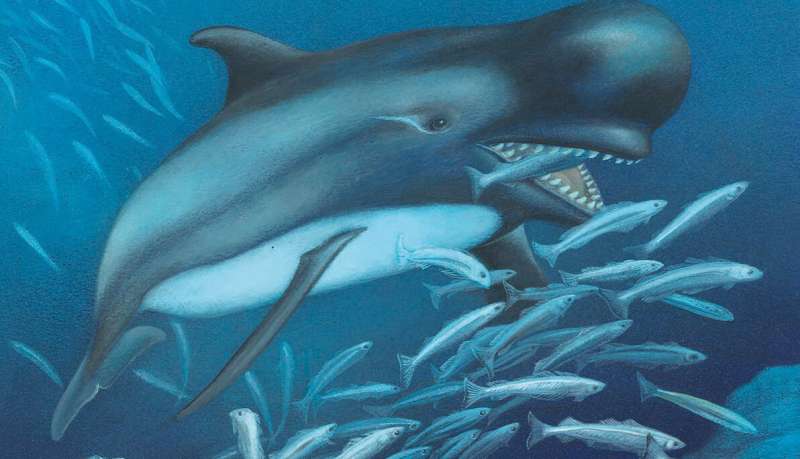
13. Fossil Evidence Points to Early Killer Whales Eating Fish—Not Other Marine Mammals
A new study reviews the discovery of an ancient dolphin found on the Greek island of Rhodes, providing the first clear fossil evidence for the origins of the killer whale that likely lived 1.5 million years ago. The teeth of the fossil lacked rough scratches and chipping commonly caused by eating mammals and instead had fine scratches and little chipping, suggesting it ate fish. This contradicts the previous theory that large whales evolved giant bodies to avoid predation. Ancient dolphins began preying on other marine mammals likely within the last three million years. While the findings provide the first fossil data for determining when these feeding adaptations began, narrowing the timeline further will require more fossils and additional research in areas like Greece and Italy, some of the few regions where Pleistocene marine sediments are extensively exposed.

14. Subsurface Ocean Mixing Near the Equator Significantly Affects Climate Understanding
Researchers recently identified a critical role the equatorial ocean plays in predicting the effects of climate change, through the process of “ocean mixing.” Oceans are fundamental to scientists’ understanding of climate change, absorbing large amounts of CO2 and heat from the atmosphere. But the mixing of ocean water — the change in properties including salinity, nutrients, gas, and temperature from the mechanical force generated by winds, tides, cooling, and warming — affects carbon and heat uptake, influencing the large-scale ocean climate. The results reveal key mixing pathways far beyond the ocean’s surface and known boundaries, occurring near the equator because of the naturally different physical properties of the waters on either side. This area of strong interaction and mixing stretches between 200-400 meters below the ocean’s surface. The research indicates models may need to account for this mechanism to produce more reliable climate projections.
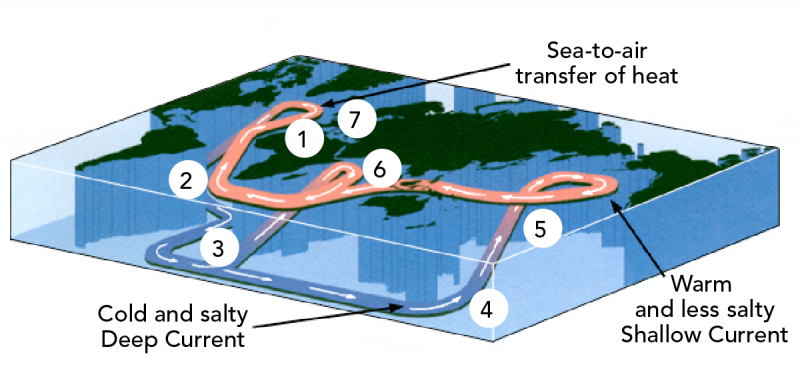
15. New Marine Environmental Visualization Platform to Facilitate Marine Research
Hong Kong University of Science and Technology recently launched WavyOcean – the first interactive marine environment visualization platform offering an unprecedented level of ocean data. The platform will facilitate marine research work and offer valuable data to policymakers on striking a balance between marine conservation and societal development. Utilizing state-of-the-art oceanic numerical simulations, the platform visualizes oceanic processes and offers physical and biogeochemical data of the oceans including data available for download including 3D ocean current, temperature, salinity, levels of nitrate, chlorophyll, and dissolved oxygen, as well as atmospheric variables such as wind, temperature, and pressure. Such comprehensive data sets offered on a one-stop-shop platform can provide a solid foundation of research topics, enabling policymakers and scientists to deploy marine resources, mitigate the impacts of climate change and the potential effects that new policies could have on the marine ecosystem.
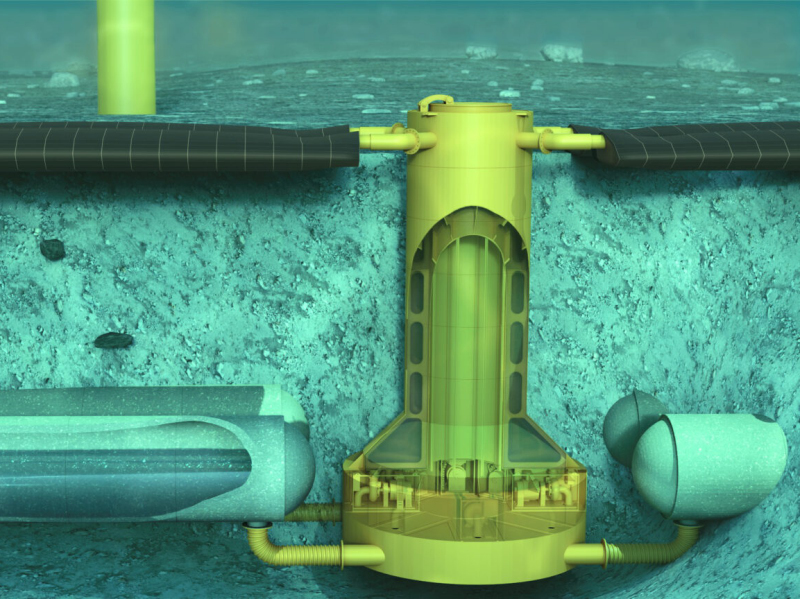
16. The Race to Develop Ocean Batteries for Offshore Power Heats Up
Dutch start-up Ocean Grazer is developing the first commercial demonstrators for an ocean battery that stores energy from offshore wind turbines at sea. To store energy, the system pumps water from rigid reservoirs into flexible bladders on the seabed that store the water under high pressure. When there is demand for power, the water flows back from the bladders to the low-pressure rigid reservoirs, driving multiple hydro turbines to generate electricity. The technology is modular and scalable up to gigawatt hour scale and has an estimated 8-10 year return on investment. Other companies are close on the heels of Ocean Grazer, indicating the prospect of major growth in offshore wind energy storage could parallel the increase in offshore wind farm leases, thus contributing to a potential future market mirroring the onshore utility scale storage market.
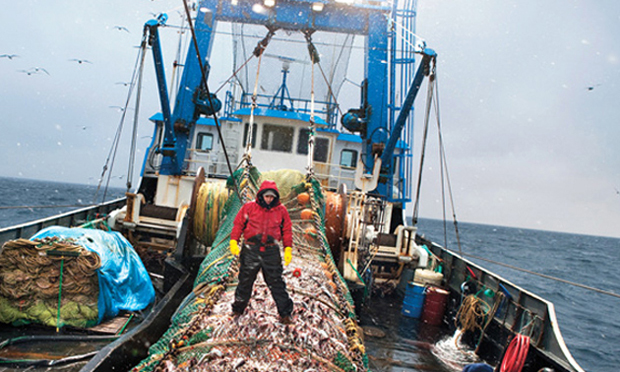
17. Climate Change to Upend Global Fishery Agreements
The warming of the world’s oceans is pushing fish away from their current habitats and toward Earth’s poles. In a recent study published in the journal Global Change Biology, researchers predict about half of the world’s commercial fish in shared waters will move from their known habitats by the end of the century. The study warns of a dramatic change in fish stocks by as early as 2030 that could lead to international disputes in exclusive economic zones. Countries in the tropics, especially those in the Caribbean, Latin America, Oceania, and South Asia, could experience the shifts earlier; and while some countries stand to benefit at the expense of others, these shared fish stock movements could upend current fisheries agreements, leading to disputes. To avert disputes, countries could renegotiate current catch quotas to factor in the effects of climate change-driven fish movements.
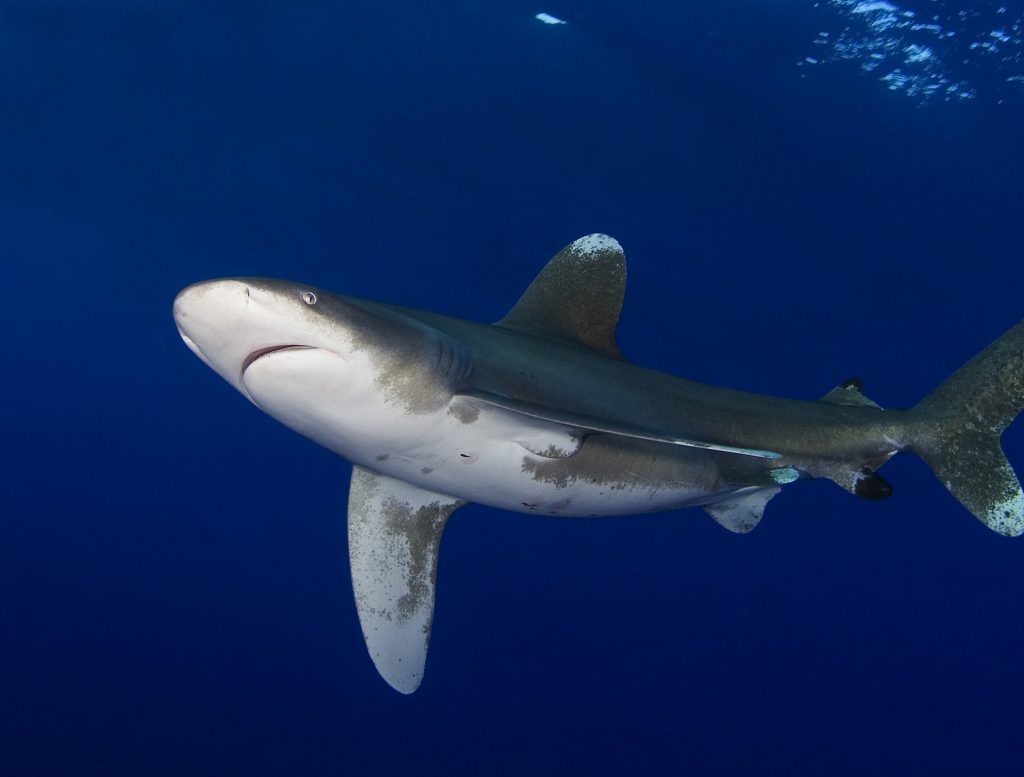
18. Nongovernmental Organization Releases Country Review on CITES-Listed Shark Species
Aware that international trade in Convention on International Trade in Endangered Species of Wild Fauna and Flora (CITES)-listed sharks and rays may be going undetected, TRAFFIC, a nongovernmental organization, has submitted a report to CITES Standing Committee recommending improvements to information sharing processes needed to assess non-compliance with requirements, which undermines global efforts to reverse species declines. The report is primarily based on publicly available information, and the authors draw attention to several concerns relating to insufficient reporting. Other issues highlighted include ambiguity around compliance with Regional Fisheries Management Organizations retention bans and the general scarcity of Introduction From the Sea-related records available in the CITES database – a provision of CITES relating to animals caught on the high seas. Central to the recommendations offered is the focus on improved processes to ensure the standardized collection, clarity, and interpretation of catch and trade records.
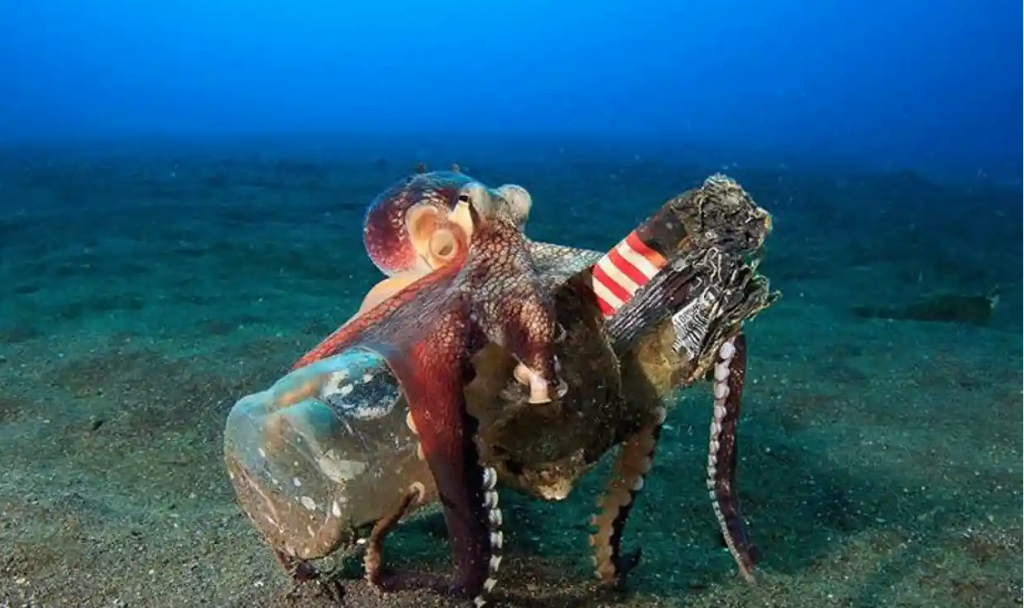
19. Crowdsourced Images Help Researchers Discover Octopuses Using Litter on Seabed as Shelter
New analysis suggests octopuses are increasingly using litter as shelter for their eggs. The study – the first to systematically evaluate and characterize litter use by octopuses using crowdsourced images – analyzed hundreds of photos on social media platforms and image databases, or collected by marine biologists and diving interest groups. Researchers documented 24 species of octopus sheltering inside glass bottles, cans, and even an old battery; burying themselves under bottle tops; even carrying items around while walking on two tentacles, to conceal themselves from predators. The octopuses seemed to show a preference for unbroken items, as well as darker or opaque containers, and the most common interaction recorded was using rubbish as shelter. Lead researcher Maira Proietti said, “It is not a good thing to think that the animals may be using litter as shelter because the seashells are gone” – but it does demonstrate their resourcefulness.
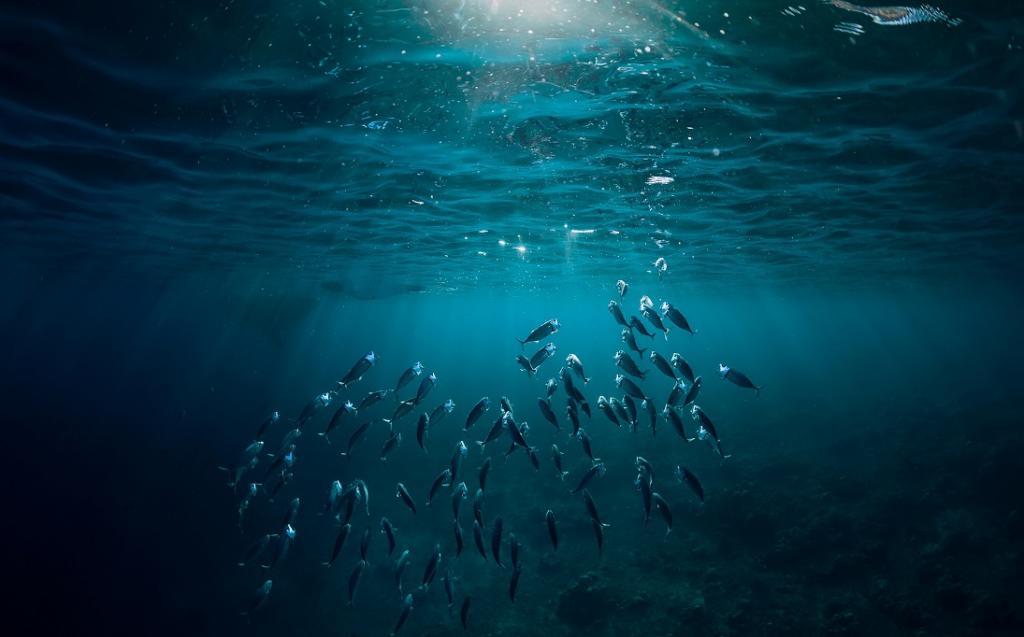
20. African Countries Appeal for Oceans Funding at Upcoming United Nations Conference
African countries are appealing to the international community to raise funding for oceans ahead of the upcoming second United Nations Ocean Conference in June, since bodies of water have received the smallest percentage of both the Official Development Assistance (ODA) and the Green Climate Fund. This is despite the addition of Sustainable Development Goal 14 (SDG 14) on conservation and sustainable use of oceans, seas, and marine resources being a critical component of human and marine life, a major component of climate, and an important source of livelihood for millions. Oceans and SDG 14 have only received an estimated 2% of the Green Climate Fund and only about 1.6% of ODA. So far, little progress has been made on the Nairobi Statement of Intent on Advancing Global Sustainable Blue Economy, as agreed upon during the global Sustainable Blue Economy Conference in Kenya’s capital in 2018.

21. Indonesia Receives Funding from Australia For Conservation Efforts
Australia’s national science agency and federal government formed a partnership with Indonesia to address plastic pollution in the Indo-Pacific. The Commonwealth Scientific and Industrial Research Organization (CSIRO), along with the Department of Foreign Affairs and Trade (DFAT), established the Plastics Innovation Hub Indonesia and received 1.3 million Australian dollars ($950,745 US) in funding. The hub will bring researchers, investors, and private and public sectors together to collaborate on solutions to plastic waste in waterways in Indonesia and the wider region. The CSIRO estimates that there are 5 billion to 10 billion individual pieces of plastic on coastlines in the Indo-Pacific region alone. “The health of our oceans and waterways is linked to our nations’ economic growth and prosperity. Both Indonesia and Australia are island nations that share concerns about the impact of marine plastic pollution,” Penny Williams, Australia’s ambassador to Indonesia, said.
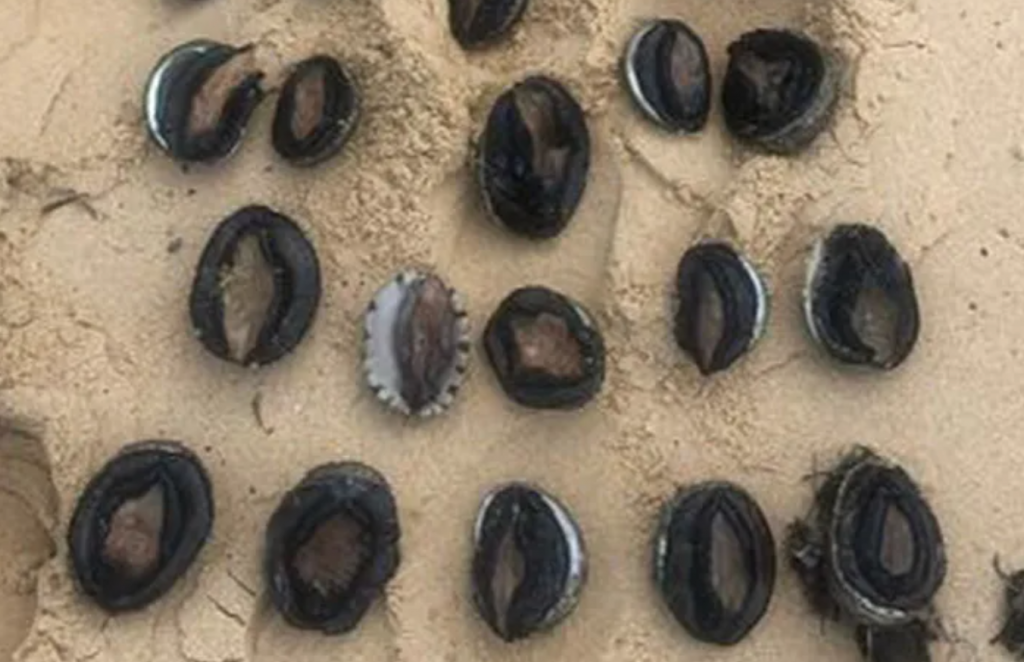
22. $28K Fine For Illegal Abalone Haul Recorded in Australia
Four fishermen in New South Wales were fined $28,000 after being caught in possession of 176 more abalone than the legal quota. The offenders were caught in Tathra, New South Wales, with 185 abalone – 125 had been removed from the shell and 58 were live and of prohibited size above the 11.7cm limit. They were sentenced and received a total of $28,000 in fines and $12,400 in professional costs. This was the first time the group came to the attention of Fisheries officers. All of the abalone and dive gear was seized, and the live abalone were returned to the water alive. Abalone is listed as a priority and indictable species under the New South Wales Fisheries Management Act, meaning heavy penalties including fines and imprisonment are required when violated.
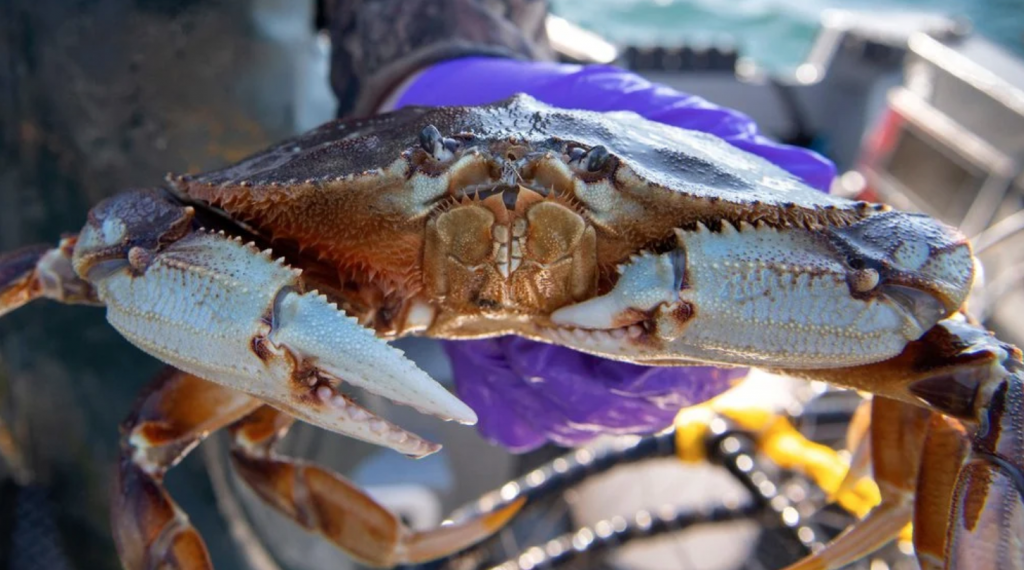
23. A New Sensor May Help Crab Fishers Sidestep Ocean Dead Zones
Low-cost sensors that fit into crab pots could provide real-time data on oxygen fluctuations in the ocean. When submerged, the contraption measures oxygen levels in the water and, when retrieved, displays them on a separate box with a screen for reading. Most marine animals don’t breathe air, but they need oxygen to live, absorbing it from the water as they swim, burrow, or cling to the seafloor. But lately, bouts of dangerously low oxygen levels—or hypoxia—have afflicted parts of the North American west coast, affecting critters from halibut to sea stars. These “dead zones” cause ecological disruption and economic pain for fishers, who can’t sell crabs that have suffocated in their traps. The phenomenon offers a preview of what climate change holds for many other parts of Earth’s oceans, which are already stressed by human impacts.
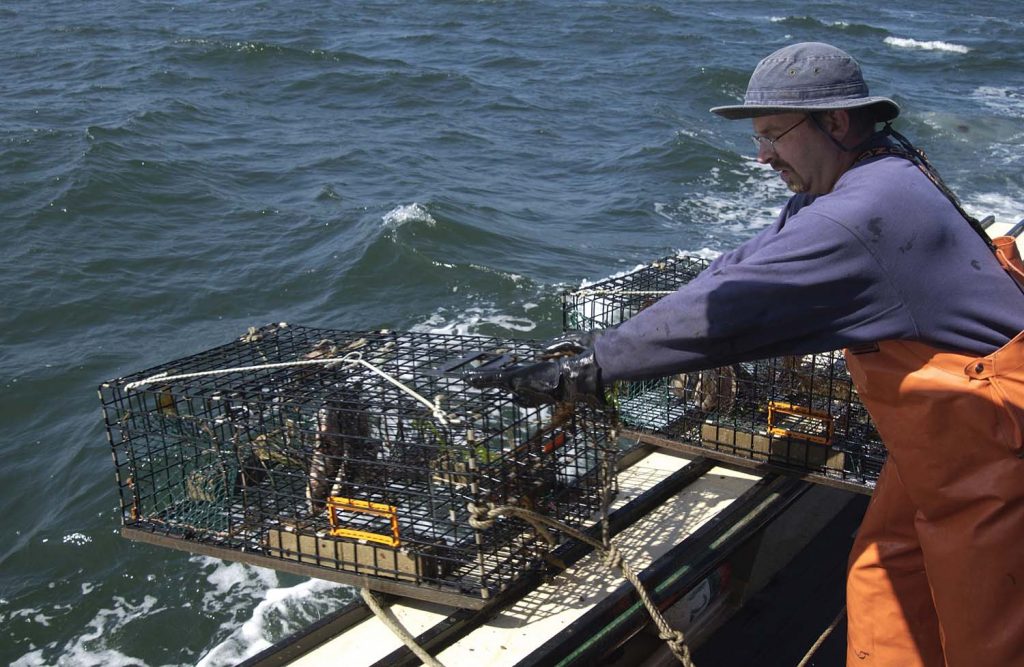
24. US Senators Introduce Bipartisan Bill to Help Lobster Industry Afford New Gear
US Senators Jeanne Shaheen and Susan Collins introduced bipartisan legislation to support lobstermen by creating a grant program to help them comply with federal regulations that require a change in fishing gear, which reduces the risk of entanglement for highly endangered North Atlantic right whales. The Stewarding Atlantic Fisheries Ecosystems by Supporting Economic Assistance and Sustainability (SAFE SEAS) Act of 2022 would help lobstermen with the financial burden of this transition in gear – which could cost the industry tens of millions of dollars each year. “This bipartisan bill helps ensure that lobstermen aren’t put out of business and can afford equipment to reduce mortality of endangered right whales,” Senator Shaheen said. “Maine lobstermen and women have always been good stewards of the environment and have taken numerous actions to protect right whales when the science has warranted it,” said Senator Collins.
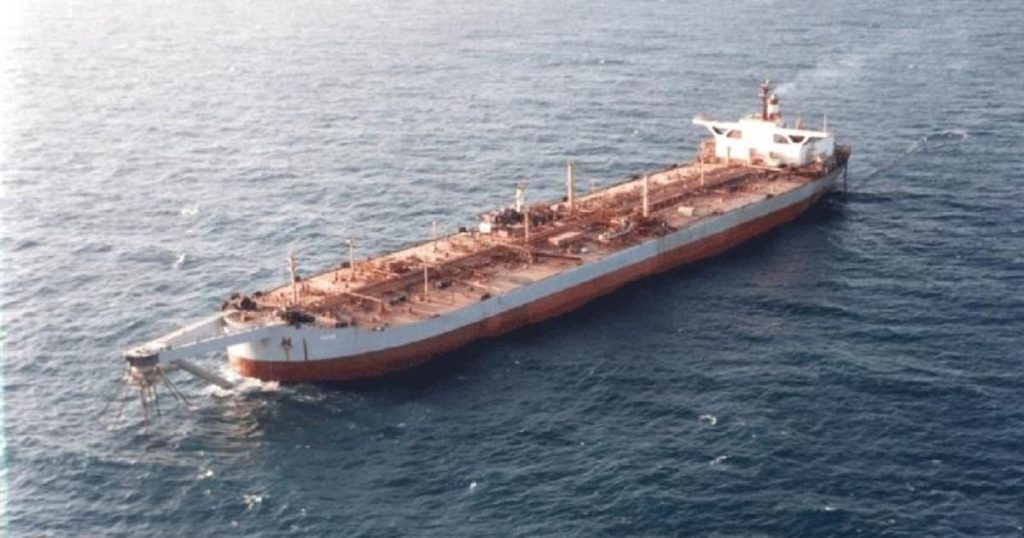
25. UN and Yemen Rebels Agree to Transfer Oil From Yemen Tanker
The United Nations and Yemen’s Houthi rebels signed a memorandum of understanding to resolve the environmental threat posed by a tanker carrying more than 1 million barrels of crude oil that has been moored off Yemen’s coast since the 1980s. The FSO Safer tanker’s presence in the Red Sea has raised fears of a massive oil spill or explosion that could cause an environmental catastrophe. Under the MOU, a short-term solution would transfer the oil from the Safer to another ship. But the MOU makes clear the proposal’s implementation is contingent on mobilizing donor funds. In the longer term, the MOU says “the United Nations is committed to providing and supplying a replacement to the FSO Safer suitable for export with a target of 18 months.” Internal documents show that seawater has caused irreversible damage to the ship, increasing the risk of sinking.
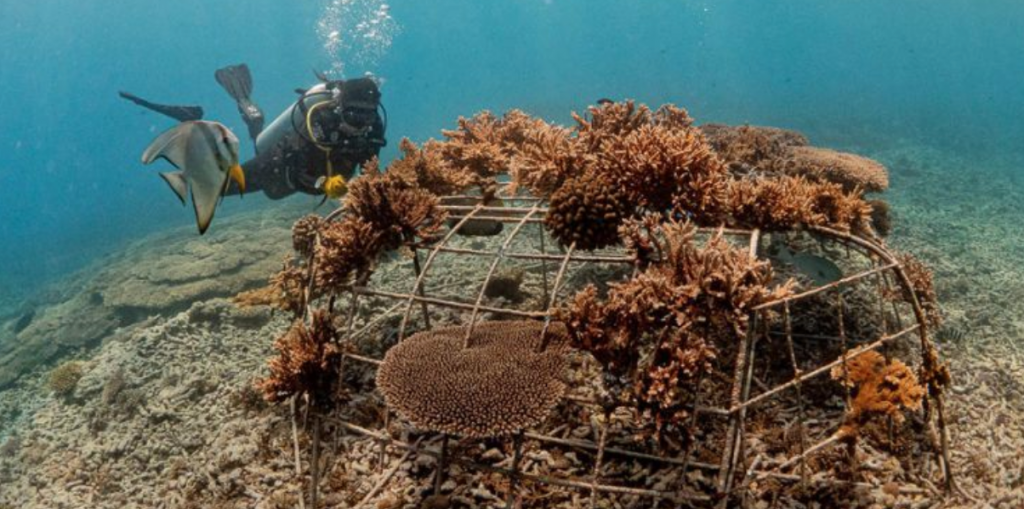
26. PADI and Swiss Watchmaker Blancpain Team Up on Ocean-Protection Partnership
PADI and Swiss watchmaker Blancpain are joining forces to increase the number of marine protected areas (MPAs) worldwide over the next decade. The organizations unveiled their partnership at the 9th Annual World Ocean Summit, the flagship event of the Economist Impact’s World Ocean Initiative. PADI and Blancpain will work with local communities across the globe to expedite the establishment of MPAs. At the heart of the multi-year, multi-million-dollar initiative is the citizen science program, Adopt the Blue, where 6,600 registered PADI dive centers and resorts will be activated to develop the network of MPAs, enabling millions of PADI recreational divers to proactively engage in marine conservation. Another keystone of the partnership is the formation of the Blancpain/PADI Community Grant, which funds critical conservation efforts in local communities. These grants will drive ocean conservation and indigenous community support for both ocean and land environments.
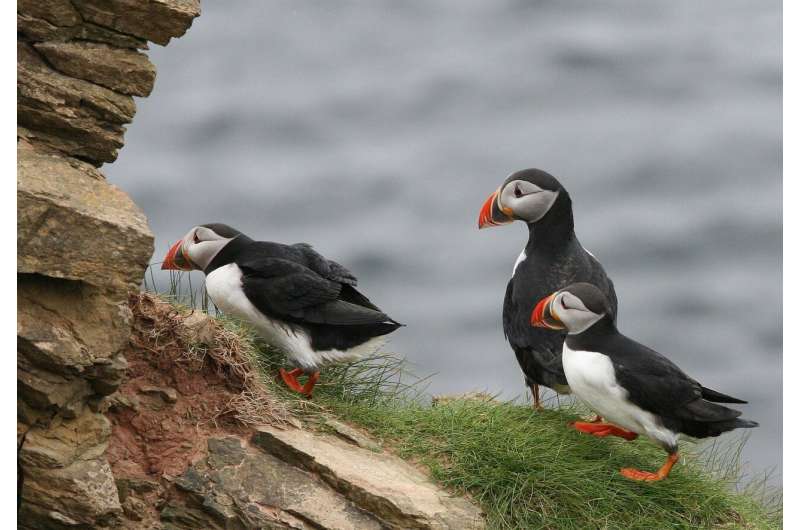
27. Increased Understanding of Climate Change Threats to Seabirds Help Conservation Efforts
Seabirds represent one of the most threatened groups of birds in the world, with almost half of all species in decline. They are threatened by climate change through heat waves, extreme wind/rain, and changes in food availability due to changing climatic conditions, leading to lack of fish for chicks during the nesting season. A study revealed that the climate change threats are poorly understood. In turn, there is a large disconnect between conservation efforts on the ground and research knowledge of the threats to these birds from climate change. The study provides a transferable approach for identifying missing information, and areas where connections between research and management must be tightened to improve conservation outcomes. The team suggests their framework be applied to at-risk species and ecosystems to identify gaps between research and conservation solutions for wildlife that can influence more effective climate change policies.
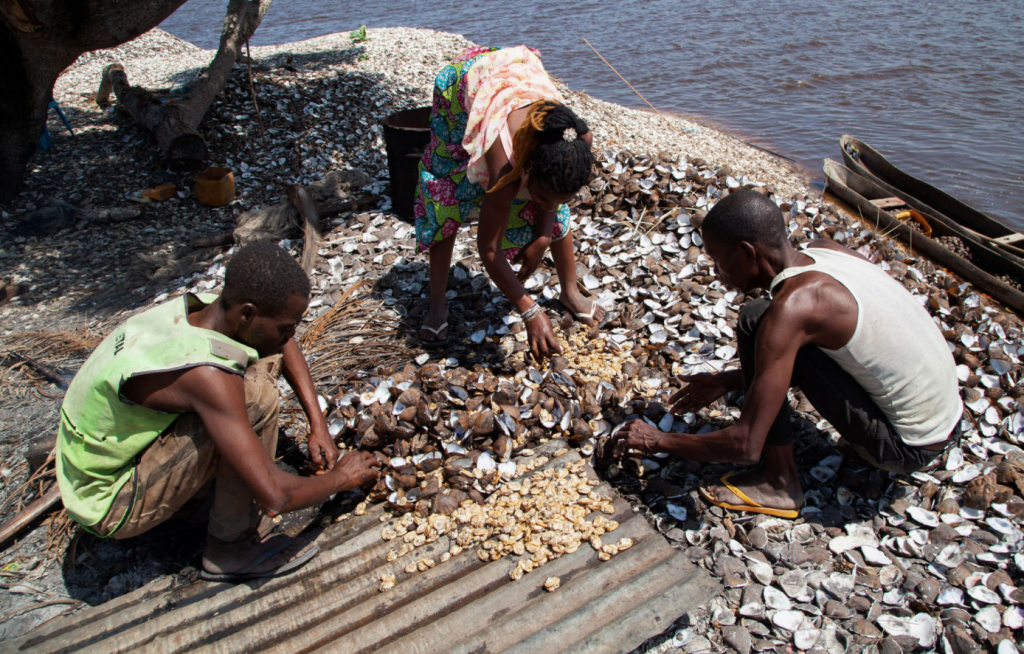
28. Clam-Fishing Congolese See Livelihood Squeezed to Protect Mangroves
The traditional livelihoods of the Assolongo ethnic group are being squeezed as the Mangrove Marine Park’s management tightens regulations in an effort to save a mangrove ecosystem that acts as a natural defense against storm surges, tsunamis, rising sea levels, and erosion. Making charcoal from the mangroves and consuming endangered turtles or manatees are now off-limits, creating critical livelihood conversations between regulators and local communities. The conservation strategy is meant to both help protect the fauna and flora and preserve the ecosystem from which fishermen make a living. The Congolese Institute for Nature Conservation says the community will benefit from its conservation strategy, which aims to attract tourists to explore the mangroves, but tourists have not yet materialized. In the meantime, locals feel cut off from traditional practices and compensation.
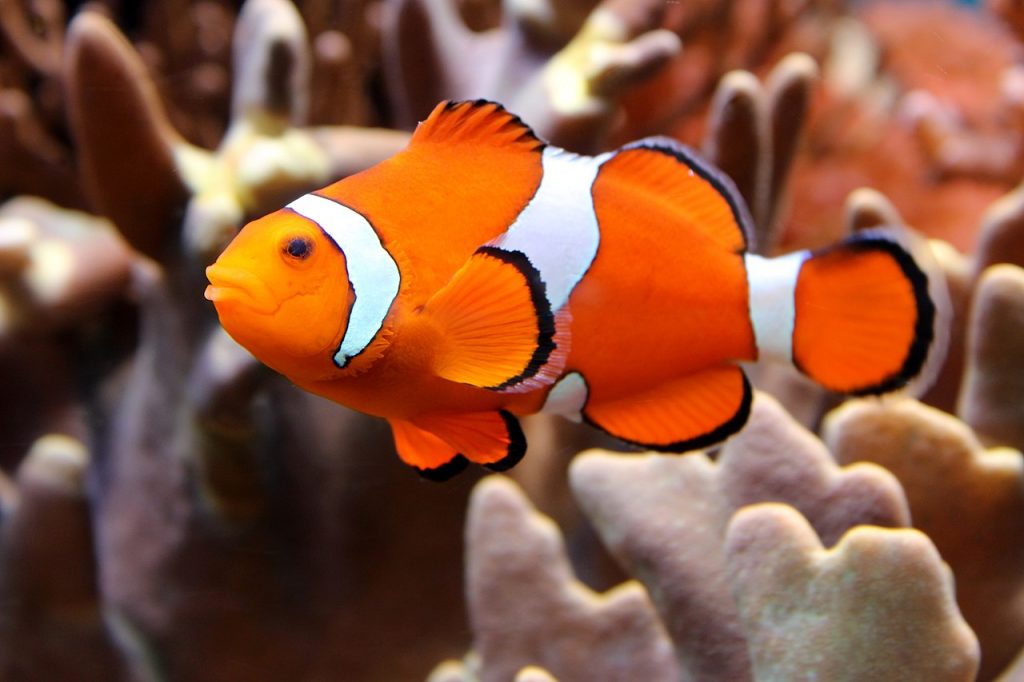
29. New Models on Climate Change Effects on Tropical Fish Distribution in Japan Emerge
New research predicts that six tropical fish species will expand northward into temperate regions of the Japanese coast as sea temperatures rise. Climate change is warming temperate coastal waters, affecting the abundance, distribution, and types of marine species that live there. In Japan, water temperature in coastal regions has risen by 1.16 degrees Celsius over the last 100 years, twice the global average. Tropicalization—the increase in species originating from tropical waters—will affect humans in many ways. Increases in herbivorous fish can lead to loss of seagrass and seaweed beds, reducing carbon uptake. On the other hand, rising numbers of tropical reef fish can boost tourism and provide opportunities for environmental education. The study suggests that ambitious commitment to reducing greenhouse gas emissions could prevent future tropicalization. The model could be used by local decision makers to plan suitable climate adaption programs.
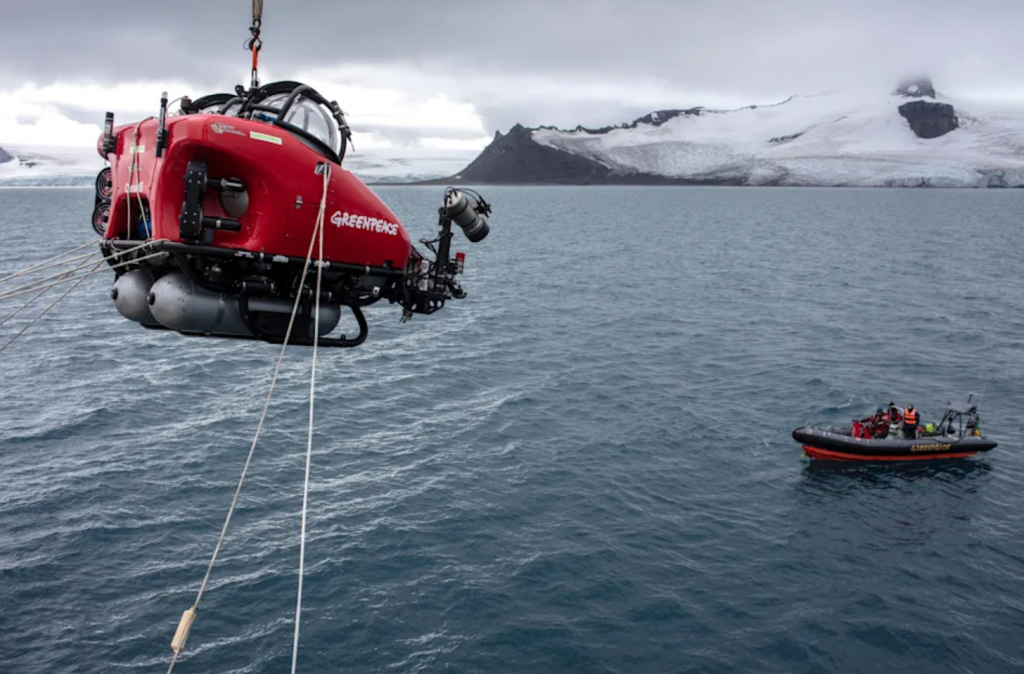
30. Scientists Onboard Record-Breaking Antarctic Expedition Find Abundance of Life
Researchers on a recent Greenpeace expedition to identify vulnerable ecosystems on the Antarctic seafloor conducted the southernmost scientific submarine dive in history, where they witnessed an “incredible abundance of life, including corals and other vulnerable species.” They will use findings as evidence to call for the area to receive special protection at the Commission for the Conservation of Antarctic Marine Living Resources (CCAMLR). The expedition entered the remote Weddell Sea as Antarctic sea ice reached the lowest extent on satellite record. Dr. Susanne Lockhart, lead scientist on the expedition, said, “It was amazing to see how much life there was on a part of the seafloor normally sealed in darkness by sea ice for miles in any direction. We were witness to not just a surprising abundance of life but also an incredible diversity of corals and other highly vulnerable species.”

31. Newly Located Acoustic Buoys Will Alert Mariners of Whales Near Critical US Ports
Though they are protected under the Endangered Species Act and the Marine Mammal Protection Act, serious threats to North Atlantic right whales abound, and only approximately 336 remain. Now, a collaboration between Woods Hole Oceanographic Institution (WHOI) and the shipping company CMA CGM Group aims to increase whale detection efforts and reduce the potential for ship strikes along critical shipping routes. With funding from CMA CGM, WHOI researchers will assemble and deploy two passive acoustic monitoring buoys off two of the busiest US east coast ports this year, in Norfolk, Virginia, and Savannah, Georgia. WHOI and CMA CGM will also lead the development of an industry consortium focused on reducing risks to right whales from vessels and supporting the continued operation of the digital acoustic monitoring buoys. This WHOI technology can detect, classify, and report the sounds of marine mammals in near real-time.
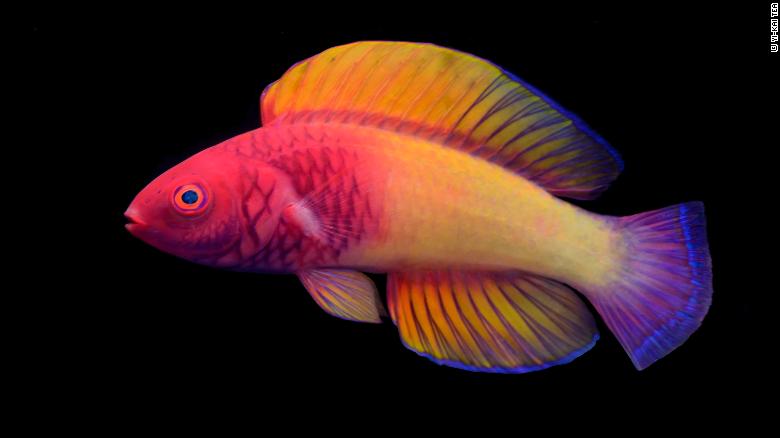
32. Rainbow-Colored Fish Illustrates Importance of Describing New Species for Conservation
In the Maldives, a brightly-colored fish, Cirrhilabrus finifenmaa, was found living at depths ranging from 131 to 229 feet beneath the ocean’s surface. Researchers first found it in the 1990s but thought it was an adult Cirrhilabrus rubrisquamis, or the red velvet fairy wrasse. This different species had only been described from a single juvenile fish found 621 miles south of the Maldives in the Chagos Archipelago. But new footage showed that Cirrhilabrus finifenmaa was a different species. Discovering that finifenmaa and rubrisquamis were two separate species can help scientists understand the range of these fish, which is critical to protecting them. “What we previously thought was one widespread species of fish, is actually two different species, each with a potentially much more restricted distribution,” said researcher Yi-Kai Tea. “This exemplifies why describing new species is important for conservation and biodiversity management.”
/




